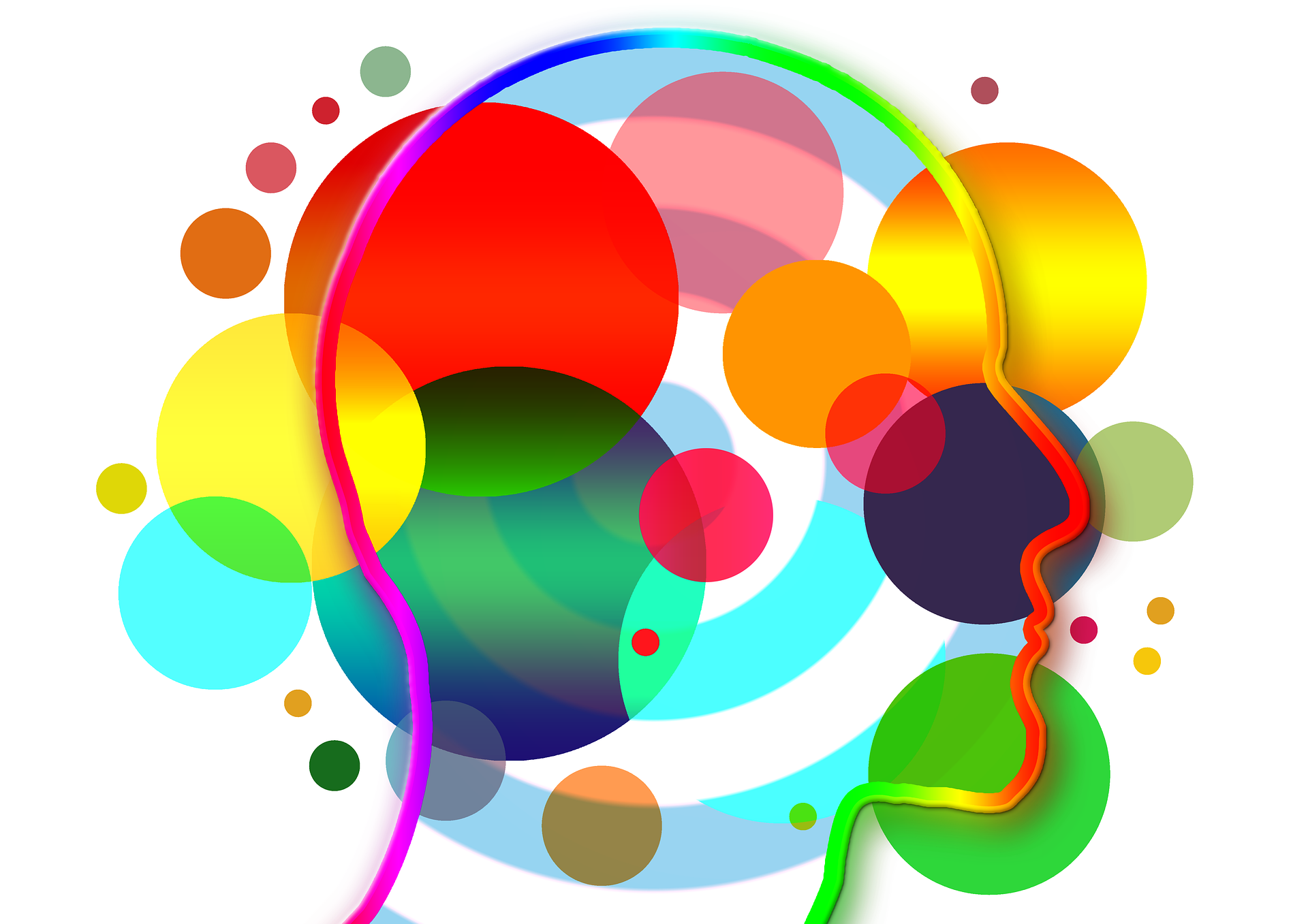Abstract
This is an in-class group activity to help students understand and apply the Stress Process Model (Turner 2010), often taught in Medical Sociology courses. It also serves to build empathy through discussion and narrative-building by encouraging students to imagine and describe individuals with different levels of personal and social resources. In the...
Download this resource to see full details. Download this resource to see full details.
Details
- Subject Area(s):
- Medical Sociology, Mental Health, Race, Class and Gender
- Resource Type(s):
- Assignment, Class Activity
- Class Level(s):
- Any Level
- Class Size(s):
- Any
Usage Notes
Additional Instructor Directions:Remember, each group is evaluating one scenario (either A: Laura or B: Josh) in their small group discussion and written assignment. Students should be encouraged to be specific with each response to identify the social characteristics, chronic and acute stressors in the given...
Download this resource to see full details. Download this resource to see full details.
Learning Goals and Assessments
Learning Goal(s):
- Goal 1: Students will be able to understand and provide examples of the various components Stress Process Model (Turner 2010) by applying the concepts to particular scenarios.
- Goal 2: Students will develop empathy by thinking through a situation where a fictional person has either many or few of particular types of resources with which to handle a scenario.
- Goal 3: Students will practice transforming an open-ended classroom small group discussion into a written narrative for submission.
Goal Assessment(s):
- Assessment of Goal 1: This goal is assessed through the submission of the group work which includes identification of various parts of the Stress Process Model (Turner 2010). Specifically, students are determined to understand specific components of the model if students correctly answer questions #1 and #2 identifying the social characteristics and the...
- Assessment of Goal 2: This goal is assessed through the submission of the group work which includes imagining two student-generated scenarios in which a fictional person has many or few social and personal resources. Specifically, students are thought to develop empathy if they imagine people with different life circumstances experiencing the scenarios.
- Assessment of Goal 3: This goal is assessed through submission of the group work which includes a student-generated written narrative. Specifically, students are thought to practice transforming a discussion into a narrative if they write up a full story based on their discussions and imaginations.
When using resources from TRAILS, please include a clear and legible citation.


